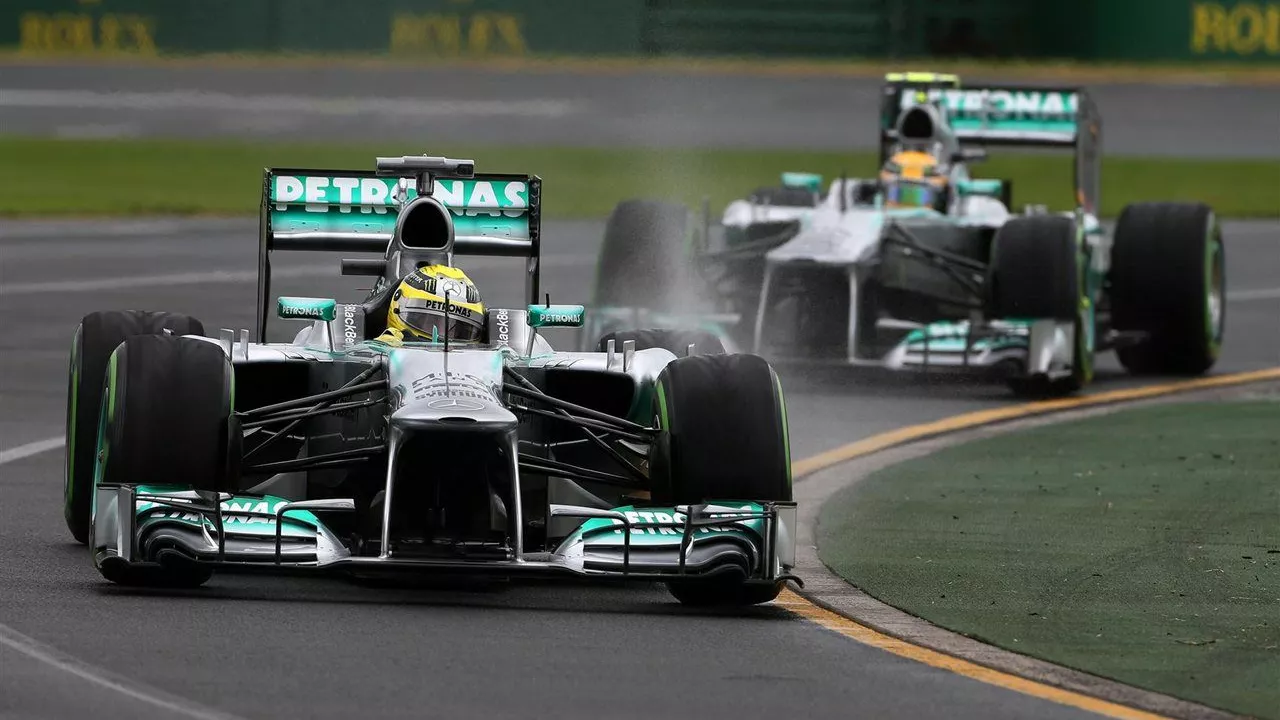Speed Comparison in Motorsports – What Makes One Series Faster?
Ever wonder why a Formula 1 car can zip around a circuit in under two minutes while an IndyCar seems a bit slower? It all comes down to design, power units, and the rules that shape each series. In this guide we’ll compare the raw speed of the biggest racing categories, look at what fuels those numbers, and help you see why the differences matter to fans and drivers alike.
Top‑Speed Showdown: F1 vs. IndyCar vs. Le Mans Prototypes
Formula 1 is built for outright speed on twisty tracks. Modern V6 turbo‑hybrids push around 1,000 hp and can hit 230 mph (370 km/h) on a straight. IndyCar, with its 2.2‑litre V6 engine, tops out near 230 mph as well, but only on the superspeedway oval; on road courses it lags behind F1 because of lower downforce and a heavier chassis. Le Mans Hypercars, designed for 24‑hour endurance, sit between the two. They cruise at about 210 mph but can sustain that speed for hours, which is a whole different kind of challenge.
Acceleration and Lap Times – Who Gets to the Finish First?
Acceleration matters as much as top speed. An F1 car can sprint from 0‑60 mph in under 2.5 seconds, thanks to its hybrid boost. IndyCars manage 0‑60 in roughly 2.8 seconds, while a Le Mans prototype takes about 3.0 seconds but compensates with tyre durability. Those tiny differences translate to lap‑time gaps: on a typical 5‑km F1 circuit, the fastest lap hovers around 1:20, whereas IndyCar’s best lap on the same layout sits near 1:27. In the 24‑hour race at Le Mans, the overall leader averages just under 3:30 per lap, but that’s over a much longer distance with pit stops and night driving thrown in.
Why does this matter? Fans love the thrill of watching a car slash through a corner and blast down a straight, but drivers also feel the strain. Faster acceleration means higher G‑forces, which can wear out a driver’s neck and core in minutes. That’s why you’ll hear stories like BMW’s 2009 exit from F1 – the brand shifted to electric projects to avoid the relentless demand for speed and the associated costs.
Another interesting angle is practice frequency. Pro drivers log up to 10 hours a day on track during the season, plus countless hours in simulators. More practice lets them fine‑tune brake points and corner entry speeds, shaving tenths off lap times. Those tenths add up in championships where a single point can decide the title.
When you compare series, consider the audience too. IndyCar’s oval races draw fans who love the sight of cars flying side‑by‑side at over 220 mph. F1’s global reach and high‑tech image attract viewers who admire the engineering marvel of a hybrid power unit. Le Mans, meanwhile, appeals to endurance junkies who appreciate a blend of speed and stamina.
So, which series is the fastest? On pure top‑speed and acceleration, F1 leads the pack. IndyCar comes close on the ovals, while Le Mans offers sustained speed over a marathon. Understanding these nuances helps you appreciate why each race feels unique and why the speed comparison isn’t just about numbers – it’s about the whole experience, from the driver’s seat to the fan’s cheers.

Which are faster, Indy or Formula 1 cars?
In the high-speed world of racing, there's always a hot debate about which is faster: Indy or Formula 1 cars. After a deep dive, it turns out Formula 1 cars take the lead with their incredible acceleration and top speeds. However, it's not just about speed, as Indy cars are known for their remarkable performance on oval circuits. So, while F1 might be the speed king, Indy cars certainly hold their own in the racing world. Let's remember, both have their unique strengths and it's the skill of the driver that often makes the difference in the end.